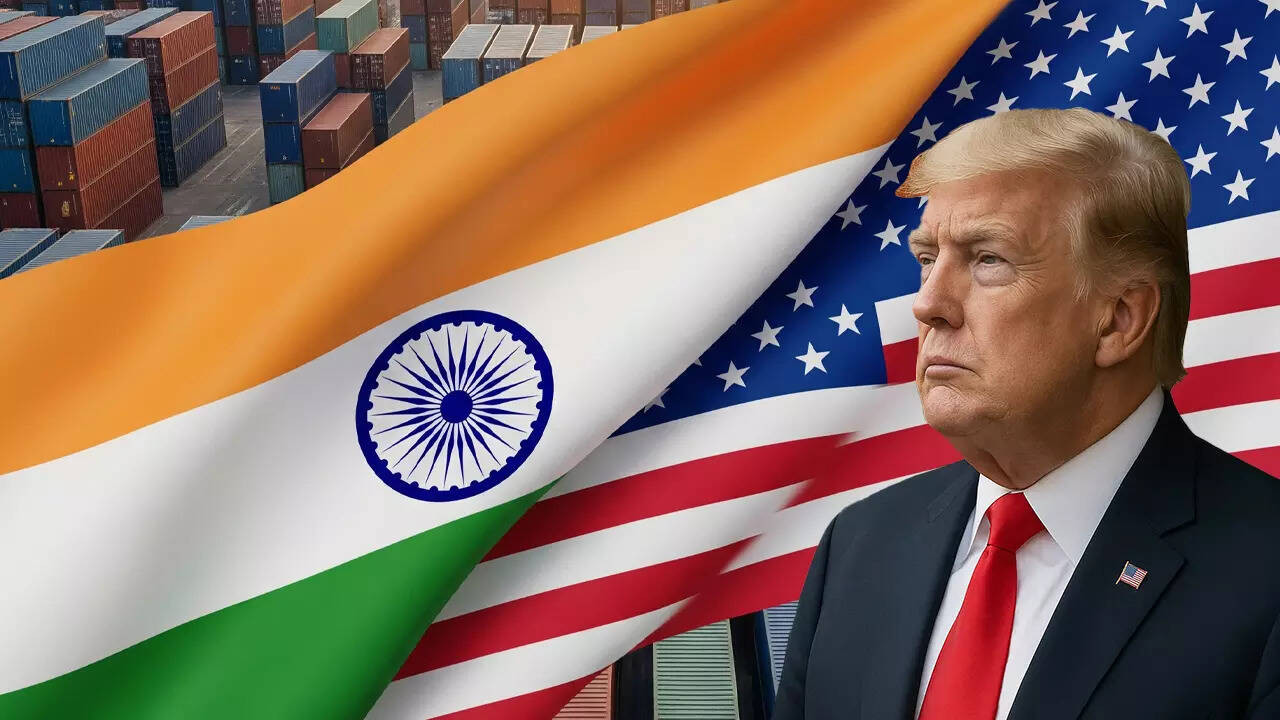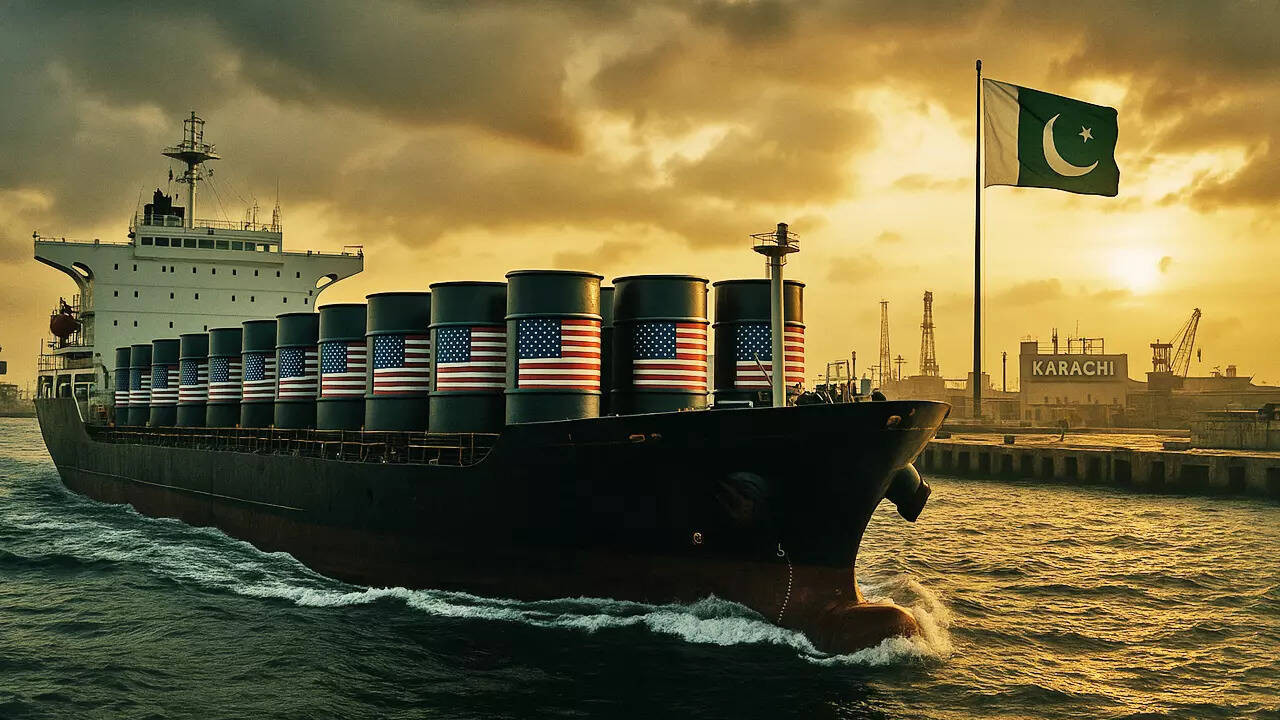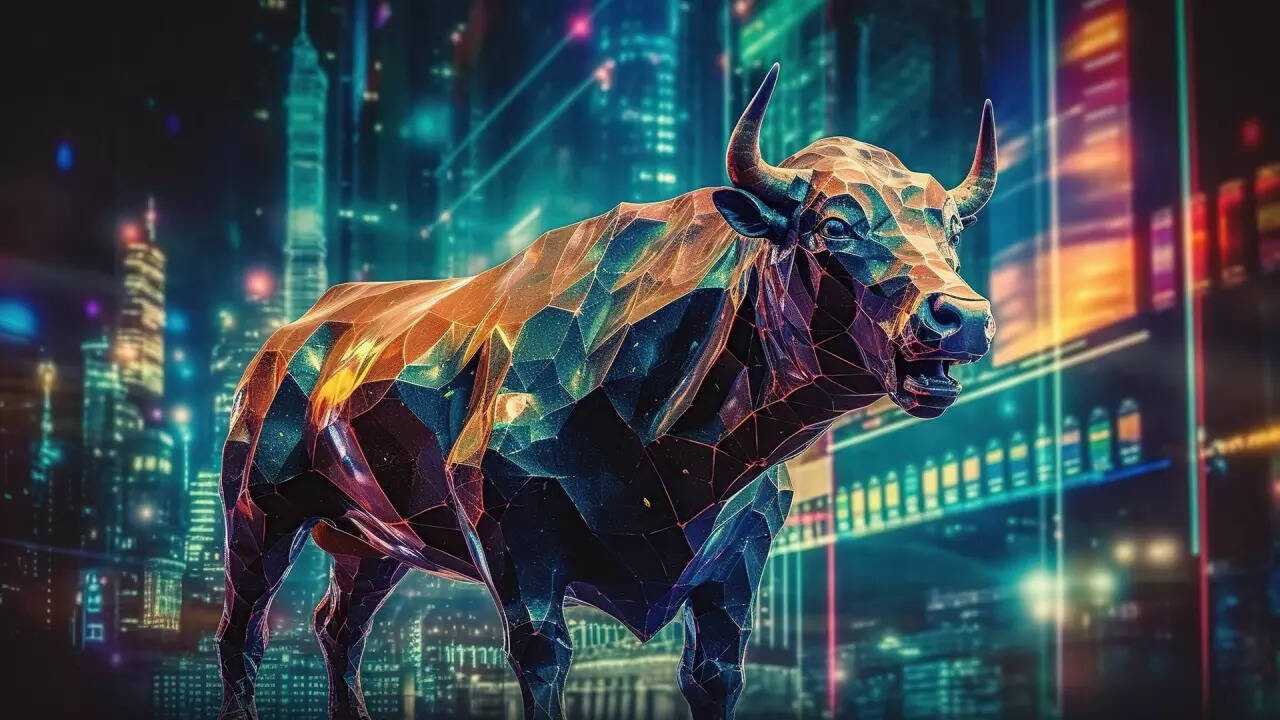Indian Railways is set to achieve net-zero targets by year-end, surpassing its 2030 goal through extensive electrification. Aiming for 95% electric traction by 2030, it anticipates significant carbon emission reductions. The shift includes sourcing renewable and nuclear energy, targeting 10 GW of electricity by the decade’s end.
Indian Railways: Full Steam Ahead to a Greener Future (and Way Ahead of Schedule!)
Okay, folks, let’s talk trains. Not just any trains, but the behemoth that is Indian Railways. We’re talking about a lifeline for millions, a cultural icon, and, let’s be honest, a major consumer of energy. For years, the image of a steam engine billowing smoke has been almost synonymous with the Railways. But times, they are a-changin’.
Imagine this: an organization of that scale, responsible for moving people and goods across the vast tapestry of India, aiming to be carbon neutral. Sounds ambitious, right? Downright audacious, even. Now imagine them not just aiming, but actually achieving that goal five years ahead of schedule. That’s what’s happening with Indian Railways.
The initial target was 2030, a respectable date that put them in line with many other global initiatives. But the latest buzz is that they’re now gunning for net-zero emissions by 2025! I mean, seriously, wow. Talk about putting your money where your mouth is.
So, how are they pulling off this seemingly impossible feat? It’s not just wishful thinking; it’s a multi-pronged approach that’s as intricate and interconnected as the railway network itself. Let’s break it down:
Electrification: The Obvious Answer, Done Smartly
The most significant shift, of course, is electrification. Replacing diesel locomotives with electric ones is the cornerstone of this green revolution. And it’s not just about slapping some wires above the tracks. The scale of this undertaking is mind-boggling. We’re talking about electrifying thousands of kilometers of railway lines, ensuring consistent power supply, and upgrading the entire infrastructure to support this transition.
But here’s the interesting bit: Indian Railways isn’t just electrifying; they’re doing it with a focus on renewable energy sources. Think solar power plants strategically located along the tracks, feeding directly into the grid that powers the locomotives. This is smart electrification; it’s not just switching from one type of fuel to another; it’s fundamentally changing the source of that fuel.
Beyond Electrification: A Holistic Approach
While electrification is the star player, the supporting cast is equally crucial. Think of it like a finely tuned orchestra; every instrument needs to play its part perfectly. Indian Railways is focusing on:
* Boosting Energy Efficiency: From LED lighting in stations to more efficient train operations, every little bit counts. They’re optimizing train schedules, reducing idling times, and implementing smart energy management systems across their operations.
* Promoting Biofuels: Exploring the potential of biofuels as a cleaner alternative for remaining diesel locomotives or other applications. This is still in its nascent stages, but the commitment to exploring alternative fuels is significant.
* Water Conservation: Railways are huge consumers of water, so implementing efficient water management systems, rainwater harvesting, and wastewater recycling is crucial.
* Afforestation: Planting trees along railway tracks not only helps absorb carbon dioxide but also prevents soil erosion and enhances biodiversity.
Why This Matters (Besides Saving the Planet)
Okay, let’s be real. While environmental responsibility is a massive motivator, there are also significant economic benefits to this transition.
* Reduced Fuel Costs: Electricity, especially when generated from renewable sources, is generally cheaper than diesel. This translates to significant cost savings for the Railways, which can then be reinvested in improving infrastructure and services.
* Enhanced Efficiency: Electric locomotives are generally more efficient than diesel locomotives, requiring less maintenance and offering better performance. This leads to faster travel times and improved overall efficiency.
* A Boost to the Indian Economy: This transition is creating new jobs in the renewable energy sector, infrastructure development, and related industries. It’s a catalyst for economic growth and innovation.
* Improved Air Quality: Less reliance on fossil fuels means cleaner air in and around railway stations and along railway lines, benefiting the health of millions of people.
The Challenges Ahead
This journey to net-zero is not without its hurdles. Integrating renewable energy sources into the grid requires careful planning and execution. Ensuring a reliable power supply is crucial to avoid disruptions to train services. Overcoming logistical challenges in electrifying remote and difficult terrains also presents a significant obstacle.
But, honestly, the sheer scale of the ambition, coupled with the progress they’ve already made, is incredibly encouraging.
A Glimmer of Hope for the Future
The Indian Railways’ commitment to achieving net-zero emissions by 2025 is more than just a news story; it’s a beacon of hope. It demonstrates that even massive, complex organizations can embrace sustainability and lead the way towards a greener future. It also highlights the power of innovation, planning, and determination in tackling climate change.
This achievement will undoubtedly inspire other industries and organizations in India and around the world to set more ambitious goals and accelerate their own transitions to a sustainable future. The journey of Indian Railways is a testament to the fact that a greener future is not just a dream; it’s a destination within our reach. And with a little bit of forward thinking and a whole lot of determination, we can all get there. Now, if you’ll excuse me, I’m off to book my next train ticket. Maybe it’ll even be powered by the sun!
📬 Stay informed — follow us for more insightful updates!







